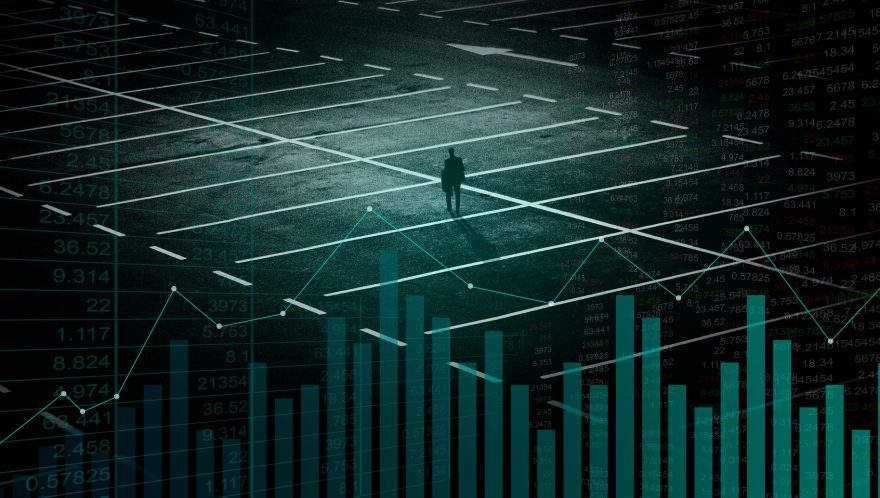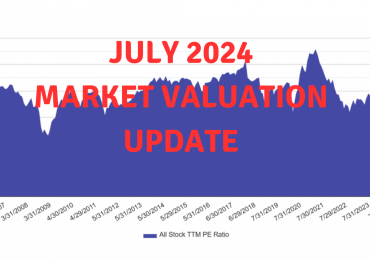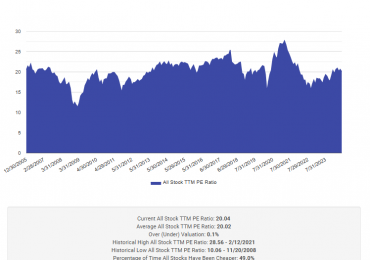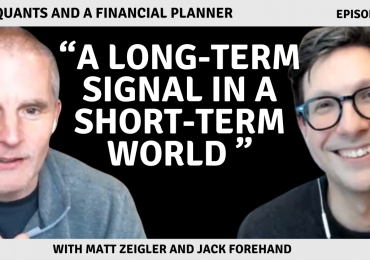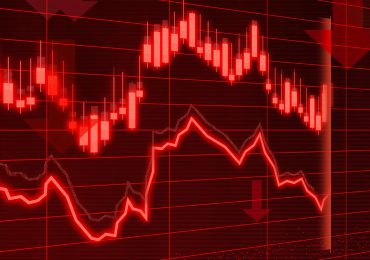One singular truth to come out of the meme-stock frenzy of 2021 is that the price of stocks and other assets are determined by supply and demand, with demand being the factor that usually matters most. But one of the most important things fueling that demand in the long term is societal inequality, contends an article in The Wall Street Journal. The rich are able to save more, and therefore take more risks in investing their money; an investor who earns $1 million/year will put 20 times more money into stocks than one who earns $50,000/year, calculates Jacques Cesar, former managing partner of Oliver Wyman. Widen that inequality and the demand for stocks will rise, as will prices.
The argument could explain why valuations have been trending upwards for the past 4 decades, as the income gap has widened. There have been more millionaires and billionaires produced in those decades, meaning more demand for stocks. Likewise, companies have seen record-high profit margins, due to an increase in monopolies, and executives are making more money than ever. “[Company] earnings are both a cause and consequence of high income inequality,” Cesar told The Journal. At Oliver Wyman, a “demand-weighted income” model was built to measure demand for stocks based on inequality and other factors and found a closer connection to future earnings with a slower price-to-earnings ratio rather than the CAPE gauge—not unsurprising, due to CAPE still being at abnormally high levels. But inequality data lags behind a real-time gauge such as price-to-earnings, making it unlikely that it would be replaced by a price-to-inequality ratio.
Traditional financial institutions and minds will undoubtedly push back on the idea of inequality driving demand for stocks, but there’s no golden lightning rod for determining valuations. While prices depend on current bond yields and how willing investors are to take risks, those valuations are sometimes far out of line with reality, such as during the aforementioned meme stock craze, or the dot-com bubble. That makes supply and demand balance on top of the twin pillars of fear and greed in the short term, driving up prices in the long term. “Once you understand that inequality and margins are the same thing, to think about the future you can think about either the traditional or nontraditional view,” Cesar says.
Of course, it’s unlikely that a turning point in inequality is anywhere on the horizon, the article maintains. While some of the biggest trends from the last 40 years, such as globalization and a decrease in U.S. manufacturing, are starting to reverse, that, coupled with post-pandemic labor demand and wage increases won’t “be good for profit margins.” But a major shift to wealth redistribution and worker power is unlikely, given the partisan breakdown of the federal government. However, the ending of some of those big 40-year trends may still be enough to shift the economy towards more equality; a hot jobs market, lower stock valuations, and higher interest rates will push down demand for stocks—though another GameStop-esque event could always tip things out of whack once again.
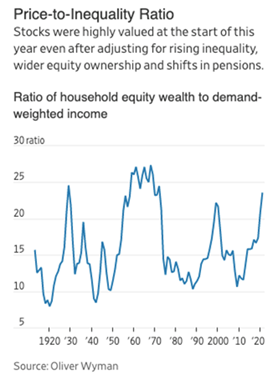
———————————————
Validea runs stock and ETF models based on investment strategies with proven long-term track records. If you’re new to Validea, consider taking a look at our product overview or introductory videos.

